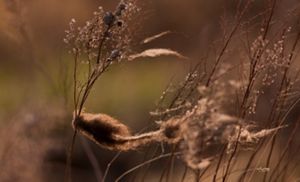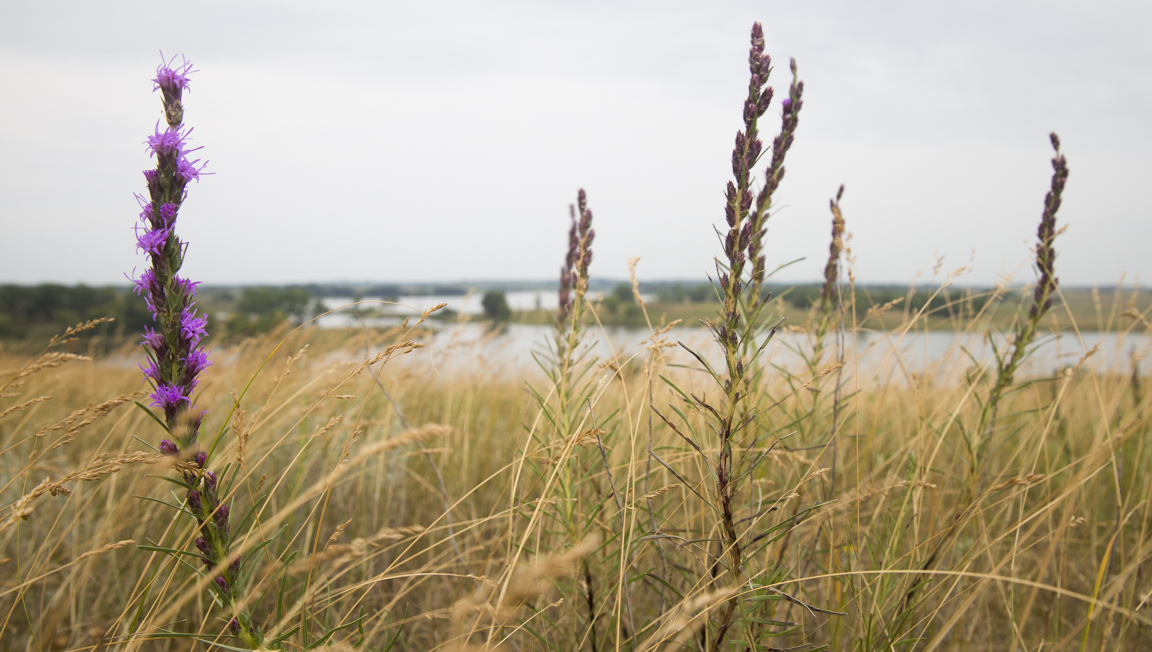Stories in Minnesota, North Dakota and South Dakota
Climate-Proofing Our Prairies
Building resilient grasslands down to their DNA.
Here’s an unpopular opinion: local might not always mean better. I know what you’re thinking, but just hear me out...
We are always hearing ‘local is better’ and that we need to ‘think globally and act locally.’ But I’d like to argue that sometimes, in order to tackle globe-sized problems, we need to expand our thinking around what ‘acting locally’ really means. That’s the line of thinking we’re now employing when it comes to prairie restoration in the Northern Great Plains.
A Fragmented System
Historically, our region’s iconic grasslands covered the Great Plains like a big, beautiful and highly productive blanket, a vast mosaic of grasses and wildflowers, providing food and habitat for countless species while storing enormous amounts of carbon in its rich soils.
Quote
...the historic connectivity of prairies is exactly what made it easy for biodiversity to flourish.
But over time, notably the last hundred years, we’ve lost much of our native grasslands to conversion and development. The original prairies that remain look more like a disconnected patchwork of lands, one in which managing for diversity becomes much more challenging.
You see, the historic connectivity of prairies is exactly what made it easy for biodiversity to flourish. And it is that same connectivity that we need to get back to increase resilience into our ecosystems in the face of a changing climate. But what does that look like in practice? At the surface, it might seem as easy as conducting prairie restorations wherever and whenever we can to ensure connectivity. And that is absolutely needed! However, in order to ensure that prairies are not just connected but also resilient, the how is just as important as the what.
Resilience as Adaptation: The Importance of Genetic Variability
We know that species diversity is critical to successful restoration work. That’s true whether on the prairie, in the forest or along our coasts. But when it comes to grassland management, what we’re not talking about enough lies even further beneath the surface: DNA.
Genetic diversity, or variability, is perhaps one of the most overlooked considerations in prairie restoration, and yet prioritizing this kind of diversity holds enormous potential in ensuring that our restoration work will last well into the future. Similar to how we approach bison herd management, we’re looking at genetic variability as an important climate adaptation strategy for building resilience in our prairies. In the example of the American bison, we know that increasing genetic diversity within herds means the overall bison population will be less vulnerable to disease or extreme environmental events. The same is true of say, prairie blazing star.

If we can restore a meadow by seeding blazing star, and those seeds come from various sources with different variation in their DNA, we can continue the work with confidence that the overall population will be resilient in the face of changing conditions. Prairie restorations give us an opportunity to increase connectivity and reverse habitat loss, but we can also design our seed mixes to incorporate genetic diversity and adaptability while we’re at it.

Cool Green Science
In "Seeds of Change: Ensuring the Future for Healthy Prairies," TNC Science Fellow Nina Hill offers a peek into the prairies of North Dakota, South Dakota and Minnesota plus what's being done out in the field to help build resilience into these natural systems.
Our Nature-Based Adaptation Roadmap
Despite all we’ve learned about the importance of resilient and connected land networks for wildlife, grassland conservation efforts have been slow to identify climate adaptation strategies. That’s more than a little problematic because as climate change continues to take its toll on our lands and waters, our window to fight back with nature-based approaches is rapidly closing. We know that putting the science to work in real, on-the-ground projects is where the magic truly happens. To scale up this magic, we wanted to make it easy for prairie land managers across the region to start putting the science to work for their lands too.
That's why, with support from the Wildlife Conservation Society’s Climate Adaptation Fund and the Prairie Pothole Joint Venture, we created the Seeds of Resilience Tool. With the help of dozens of conservation practitioners working across North Dakota, South Dakota and Minnesota, we’ve been able to aggregate data from across these three states into one common geodatabase. This new tool is enabling us to map different species locations across the region, which makes it easier for practitioners to find multiple seed sources and thus build genetic diversity into populations on the lands they manage.
We call this nature-based adaptation, and the result of it is something beautiful, resilient and, if we have anything to say about it, immovable.

